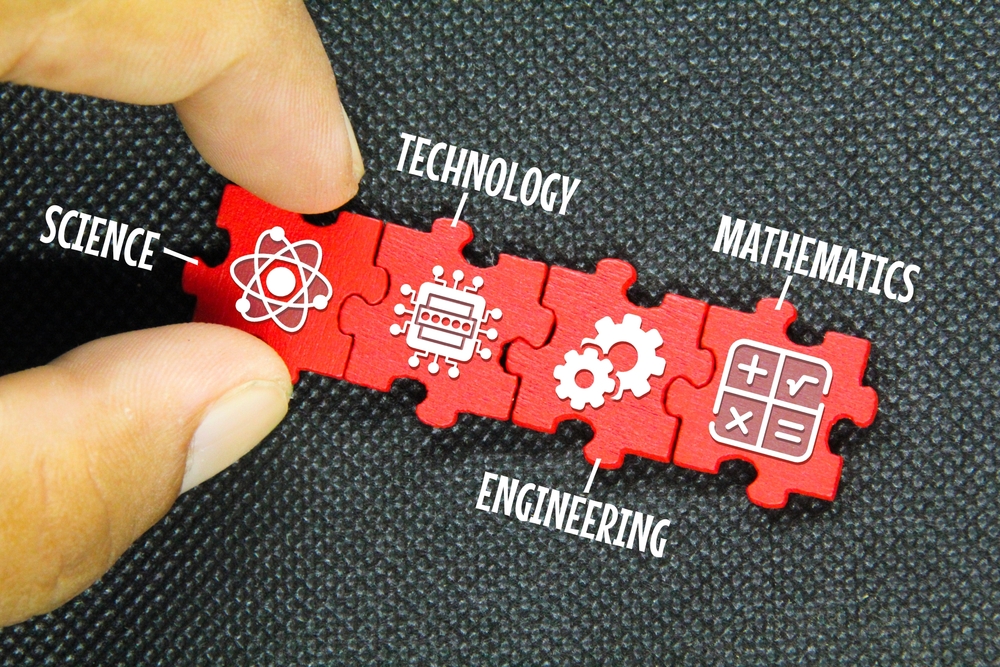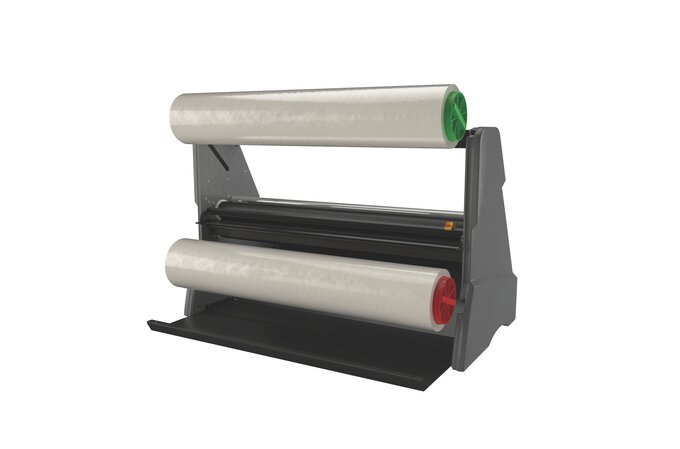Everything You Need to Know About Making Sublimation Mugs
Have you ever wondered how to get cool, full-color designs on a mug? Using a sublimation machine is a popular way to get the best results with a long-lasting design that doesn’t chip or fade.
So, what exactly are sublimation mugs, and what’s the secret to creating them? In the following sections, we’ll unveil these mysteries and share all the tips and tricks you need to achieve that perfect, professional finish.
What Are Sublimation Mugs?
Sublimation mugs are like ordinary ceramic or polymer mugs, but they have a special coating that makes it easy to transfer designs on them.
To make that happen, you’ll need a sublimation printer that transfers special ink to sublimation paper. The paper is then placed on the sublimation mug, and a heat press transfers the design from the paper to the mug.
Why Sublimation Printing For Mugs?
A sublimation printing machine is a great way to put custom, full-color designs on mugs. Most people prefer this method because it provides a complete finish that is resistant to scratching and fading, as opposed to a sticker or another print solution.
Here are some other top reasons for using a sublimation printer for mugs:
- Image Quality: The image quality seems better when using a sublimation machine, as the colors are more vibrant and the lines are sharper, making the design really “pop”!
- Precision: For complex images or those with a lot of color, sublimation printing captures those with high-resolution printing and sharp/clear detail.
- Efficiency: If you are making numerous mugs or other items, the sublimation printer can efficiently produce designs one after the other.
- Versatility: These Sublimation Stations are extremely versatile. You can create complex designs in any combination of colors. You can also use sublimation printers to create custom t-shirts, bags, keychains, posters, trophies, and more!
How To Make Sublimation Mugs: 5 Steps
The process of making sublimation mugs is straightforward once you have all your supplies ready to go. Here’s a brief overview of what it looks like:
1. Gather All Sublimation Materials
This includes ordering everything and getting your sublimation printer setup. You will need the following materials and equipment to get started:
- Sublimation printer
- Heat press
- Sublimation mugs
- Sublimation ink
- Sublimation paper
- Heat-resistant tape
The sublimation printer and heat press are necessary equipment for making sublimation mugs. Also, getting the actual sublimation mugs is best instead of using just any mug. As mentioned earlier, the sublimation mugs have a special coating on the side to make the design stick better.
To get started, you will also need sublimation ink and paper. The thermal sublimation tape isn’t a 100% requirement, but we highly recommend it, as it keeps your design in place when using the heat press.
2. Prepare Your Custom Design
You’ll want to find the perfect image, resolution, and orientation to be placed on the sublimation mug. Once you have it, follow these steps for best results:
- Double-check your image. Will the sizing look good on the mug? Is it a high-quality image?
- Flip the image if necessary. The image will be flipped during the transfer process, so consider that before printing.
- Print settings. Make sure your settings call for the “best quality” and any other customized details needed for your specific project.
3. Print the Design
Everything should be in place so you can print the design onto the special sublimation paper. Double-check that the print is of the highest quality and has no defects. Also, don’t be afraid to test multiple versions. A little experimenting can go a long way, especially if you are newer to sublimation printing.
4. Transfer the Design
Wrap the sublimation paper with your printed design around the mug. Make sure the image is positioned where you want it on the mug. This is where the thermal tape comes into play, as you will tape the paper to the sublimation mug to hold it in place.
Now comes the heat press, which applies pressure and heat to transfer the ink from the paper to the mug. Follow the instructions regarding time and temperature, as these are some of the most important factors in the sublimation process.
5. Final Details
From here, remove the mug from the heat press and let it cool so the ink can set in fully. Check the finish’s quality to ensure there is no fading or smudges in the design. Check it from multiple angles in different lighting, and make sure the alignment is also to your preference.
Tips For Making Sublimation Mugs
If you are new to the world of sublimation mugs, here are some tips to remember when getting started:
Start with a test. If this is your first time using a sublimation printer, there is a slight learning curve. They usually come with complete tutorials and samples to get started. We recommend practicing on those before jumping into more complex designs.
Run through the full tutorial. There are several nuances to using a sublimation printing machine, so it’s best to read the full instructions to understand how it works.
Get the right materials. This cannot be stressed enough. Finding the right sublimation supplies and using actual sublimation mugs will give you a much better and longer-lasting finish.
Time and temperature are key. That is, when using the heat press. The standard when sublimating mugs is a temperature around 400 degrees for 3-5 minutes, but follow the manufacturer’s guidelines for best results.
Where Can I Find the Best Sublimation Printer?
AGC Education carries the Sublimation Station, an all-in-one printing machine that transfers bold and colorful designs to practically any item.
It includes full design software, sample products, and complete implementation training to get started. For peace of mind, you also have access to AGC Education’s support team.
Where Can I Get Sublimation Mugs & Supplies?
AGC Education has a complete catalog of sublimation supplies, including a range of sublimation mugs and cups in different styles, finishes, and colors. The store also has everything you need to get started: sublimation paper, tape, ink, and everything else you can think of.







